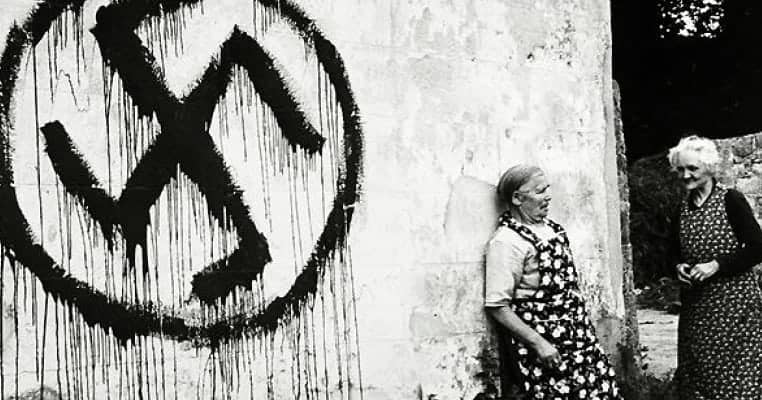In May of 1940, Nazi Germany invaded the British Channel Islands and claimed it as a new territory for the Third Reich. The stories of the thousands of people who lived through this occupation for five years are often forgotten to the rest of the world, but the memories still live on for the people who live in the Channel Islands today. The story of the Nazi Occupation of the Channel Islands is fascinating, because during those five years, there were pockets of resistance, new Nazi structures erected by slave labor, deportations to concentration camps, secret missions to try to undermine the Germans, forbidden romance, and so much more.

20. The Channel Islands Were Left Undefended
In 1940, Belgium and France had already fallen to the Third Reich. After the Blitzkrieg in London, the French and British governments evacuated the Channel Islands. They knew it was likely they would be taken over by the Germans. The British garrison had already left on June 15, 1940, because Churchill felt that it was far more important to have the troops, weapons, and supplies defending the mainland.
On June 28, the Germans bombed the islands. There were 44 civilian casualties, and 70 wounded. Just one ship was in the harbor shooting at the Germans, but it was manned by one brave civilian. When the air traffic controller at the Guernsey airport first spotted the German airplanes landing on the island, the Lieutenant calmly ordered for the British Union Jack flag to be taken down from its pole. Sir Alexander Coutanche, who was the Bailiff of Jersey at the time, politely came out to give them an official surrender. Then, he went home to his wife, and they had dinner together.

